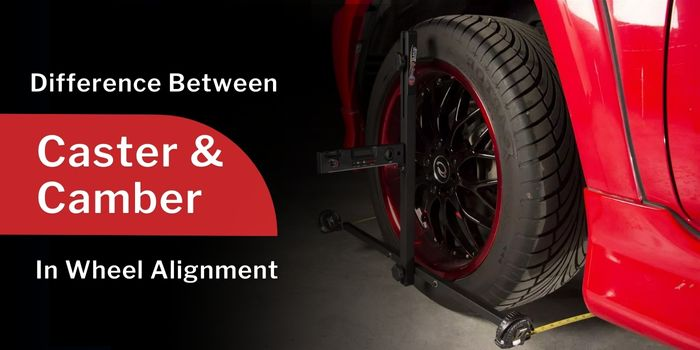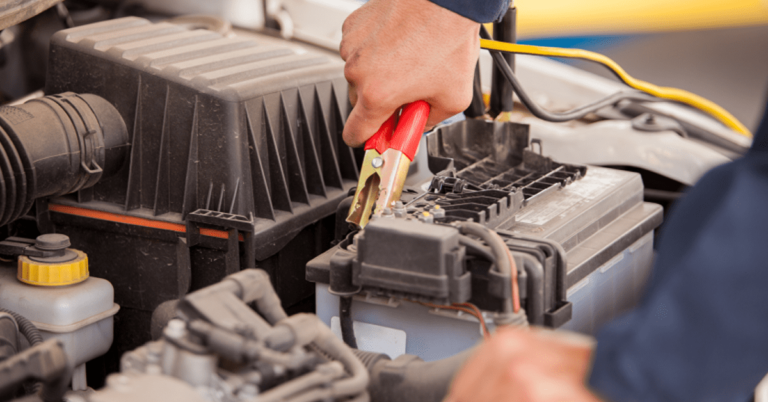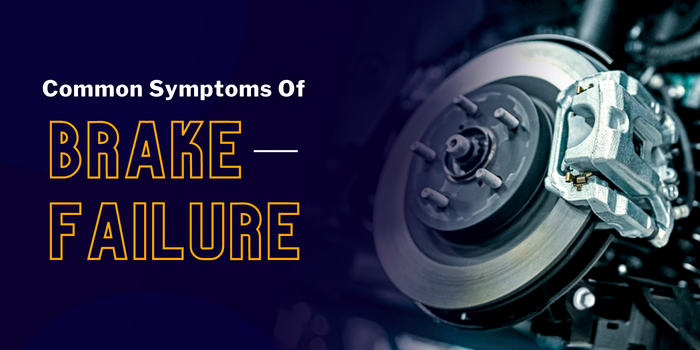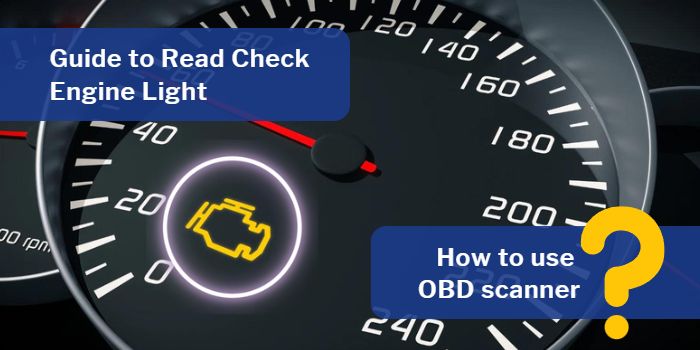
Check engine lights are one of the most important warning indicators on modern vehicles. The older generation of vehicles just had a battery check light and an oil pressure indicator, but modern cars have a host of diagnostic tools at their disposal. They help drivers identify potential problems with their car’s emissions system, ignition systems, fuel components and other important parts before they become serious and potentially dangerous issues. When the check engine light illuminates, it’s a signal that there is an issue that needs to be addressed, and can help drivers avoid costly repairs and ensure their vehicle is operating safely and efficiently. In this blog, we will explore the basics of check engine lights and how to read them with an OBD scanner.
What May Cause the Check Engine Light to Turn on?

The Check Engine light, sometimes called the Malfunction Indicator Lamp (MIL), is a warning light on the instrument cluster of a vehicle that indicates a problem with the engine or emissions control system. With the check engine light on, it usually indicates that the vehicle’s onboard computer, or Engine Control Unit (ECU), has detected an engine, transmission or other issue and stored a trouble code in its diagnostic module. A mechanic can use a diagnostic or OBD scanner to retrieve the code and determine the cause of the problem. OBD stands for On-Board Diagnostics which uses a range of sensors to monitor engine health. The severity of the issue can range from something as simple as a loose petrol filler cover or a faulty spark plug to a more serious problem with the engine or emissions system. Some common check engine light causes include:
Read Here About The Parts Of A Car Engine: A Completed Overview
Damaged Fuel Filler Cover:
A loose or damaged fuel cap can cause petrol vapour to escape, reducing fuel pressure and causing issues with the fuel pump, thus triggering the check engine light.
Faulty Oxygen Sensor:
The oxygen sensor measures the amount of unburned oxygen molecules in the exhaust gases in order for the computer to regulate the air-fuel mixture. A malfunctioning O2 sensor can cause the check engine light to turn on.
Malfunctioning Catalytic Converter:
The catalytic converter is responsible for reducing harmful or toxic emissions from the engine. If it fails, the check engine light may start flashing, indicating a problem.
Problem With the Ignition System:
Issues with the spark plugs, ignition coil, distributor or spark plug wires may cause misfires and engine issues. You may notice the engine check light blinking.

Fuel System:
Issues with the fuel injectors, fuel pressure, or fuel pump can cause poor engine performance, reduced fuel economy and trigger the check engine light symbol.
Mass Airflow (MAF) Sensor Problems:
The MAF sensor measures the amount of air entering the engine, and a problem with the MAF sensor can cause the check engine light to turn on.
Also Checkout: Fuel system treatment
Steps to Use an OBD Scanner to Diagnose Engine Issues
If you are worrying about check engine light reasons and how to fix them, here is the procedure to use an OBD scanner after a check engine light comes on:

First, locate the OBD port. The OBD port is usually located under the dashboard near the steering wheel or inside the glove compartment. It looks like a rectangular or square-shaped plug connector with a lid that can be lifted to access the port.
Connect the OBD scanner to the OBD port and turn on the device. Some OBD scanners will automatically detect your vehicle’s model while others may require manual selection through the OBD scanner device menu.
The OBD scanner will read the Diagnostic Trouble Codes (DTCs) stored in the vehicle’s Engine Control Module. The engine error codes will indicate the specific issue that caused the check engine light to turn on.
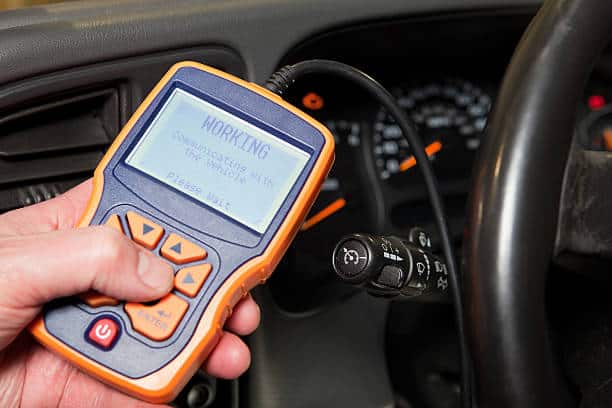
If the codes have been identified and the issue has been fixed, you can clear them using the OBD scanner menu. This will turn off the check engine light.
The freeze frame is a snapshot of the engine status and related data recorded by the ECU at the time the check engine light was activated. The specific data can provide valuable information to the mechanic to help diagnose the issue.
Some types of OBD scanners also allow you to view data while the engine is running. Parameters such as RPM, throttle position, and engine load can be identified. This information can be helpful in diagnosing the issue.
If you still see the check engine light illuminated after clearing the codes, it’s important to have the vehicle inspected and repaired by a qualified mechanic.
Must Read How To Deal With Car Engines Overheating
Conclusion
The check engine light is a warning signal to the driver that indicates a problem with the car engine or emissions system. Common reasons for the check engine light to turn on include issues with the oxygen sensor, catalytic converter, ignition system, fuel system, and mass air flow sensor, throttle body, electronic stability control, among other issues. To determine the specific issue that caused the check engine light to turn on, an OBD scanner can be used to retrieve diagnostic error codes and view live engine data.
By using an OBD scanner, drivers or mechanics can quickly diagnose engine issues and take steps to have them repaired before they turn into catastrophic failure, preventing further damage to the vehicle and ensuring smooth, efficient and reliable operation. Regular monitoring of the check engine light and timely use of an OBD scanner can help prevent costly repairs and maintain the overall health of the vehicle.
Check out the Carorbis blog for more interesting articles. Have is Everything You Need To Know About Engine Flushing Systems and also Learn How An Engine Cooling System Works
Frequently Asked Questions
Q1. What Are the Reasons for Check Engine Light?
Ans. There are many reasons why the check engine light may come on. Some of the most common causes of an illuminated check light on your dashboard include a loose or damaged fuel filler cap, faulty oxygen sensor & malfunctioning catalytic converter (exhaust system), spark plug or ignition coil failure, mass air flow sensor problem, engine misfire, clogged fuel injectors, failure of the EGR valve, malfunctioning throttle position sensor & issues with the evaporative emission control system. It is important to diagnose/repair the underlying issue causing the check engine light to come on, as it can indicate a problem that may negatively impact the performance of the vehicle, as well as its fuel efficiency and emissions.
Q2. Why is My Check Engine Light Flashing?
Ans. A flashing check engine light on the instrument binnacle is a serious warning that indicates a mechanical or electronic malfunction such as an engine misfire (the piston doesn’t receive a spark), which can cause damage to the exhaust system if not fixed in time. The following are some of the most common reasons why the check engine light may flash: Ignition system problem, misfiring cylinders, low engine oil pressure, fuel system issues such as clogged injectors, excessive engine speed or high RPMs, issues with the air/fuel ratio, faulty spark plugs or ignition coils, engine mechanical problems such as worn out or broken parts.
Q3. Why Does My Check Engine Light Goes Off by Itself?
Ans. If your check engine light goes off by itself, it can indicate that the problem that had triggered the warning has been resolved or temporarily corrected. However, it is still recommended to have the vehicle inspected by a certified mechanic or technician to confirm that the issue has been completely fixed and to ensure that no other problems exist so that you will not be stranded on the road. In some cases, the check engine light may go off due to an electronic glitch in the onboard computer system or a temporary problem that has since been resolved. However, it is still possible for the problem to reoccur, and regular vehicle maintenance is recommended to prevent issues that can trigger the check engine light.
Q4. Why is My Check Engine Light Flashing but No Codes?
Ans. If you notice a check engine light which is flashing but there are no codes stored in the vehicle’s onboard computer, it can indicate a problem with the system that is preventing the error codes from being stored or retrieved. Some common reasons why this may occur include loose or damaged wiring or connections in the OBD system, issues with the onboard computer or control module, problems with the scan tool or diagnostic equipment being used or even interference from aftermarket devices or accessories. A mechanic may be able to retrieve codes from the computer using more advanced diagnostic equipment or by performing a manual inspection of the systems and components. This can help to determine the underlying cause of the check engine light flashing and prevent potential damage to the engine and other systems.
Q5. What is the Difference Between Check Engine Light and Red Lightning Bolt?
Ans. The check engine light and a red lightning bolt are both warning indicators of a potential problem with the engine, but they represent two different types of issues. The check engine light is a general warning indicator that can be triggered by a wide range of issues, which may include minor problems with the emissions system to more serious issues with the engine or other critical systems. The red lightning bolt, on the other hand, typically indicates a specific problem with the vehicle’s powertrain system, which can include the engine, transmission, and drivetrain. More specifically, the red lightning bolt is a sign that the electronic throttle control system is malfunctioning. But there could be other issues that cause this warning sign to illuminate on the instrument binnacle.
Q6. Which Fuse Controls Check Engine Light?
Ans. The check engine light is usually not controlled by a single fuse. It is usually powered by the vehicle’s onboard computer, the Engine Control Module or ECM. The ECM receives electronic signals from sensors and actuators placed around the vehicle to monitor the performance of the engine and other components. If a problem is detected, the ECM will trigger the check engine light to alert the driver. In some cases, there may be a separate fuse that powers the ECM or the OBD (On-Board Diagnostics) system that is responsible for monitoring the engine and triggering the check engine light. However, the location of this fuse and its function can vary depending on the make, model, and year of the vehicle. In essence, replacing a fuse will not turn off the check engine light.
Q7. What Does It Mean When the Check Engine Light is Flashing When Key is on Position?
Ans. With the check engine light flashing when the key is in the on position, it usually indicates a serious issue with the engine or one of its systems that requires immediate attention. You should avoid driving the vehicle when you see the check engine light on. A check engine light that flashes is typically used to indicate a misfire, which can cause damage to the exhaust system and catalytic converter in due course.
Q8. What to Do With a Check Engine Light and Car Shaking?
Ans. A shaking car with the check engine light on is a serious problem. Stop driving immediately and have the car towed to a repair shop or dealership if necessary. Driving with a check engine light on and with jerky movements can cause significant damage to the engine and other systems.
Q9. Will Check Engine Light Came on for Transmission Problems?
Ans. Yes, in many cases, the check engine light can be triggered by transmission & drivetrain problems. The check engine light is used to indicate a wide range of issues with the vehicle’s components, including the gearbox. In the case of an automatic transmission system, the light could be triggered by a problem with the transmission’s control module, sensors, or mechanical components.
Q10. What to Do if the Check Engine Light is on and Car Won’t Start?
Ans. First, check the battery and make sure it is fully charged and providing enough power to start the engine. If the battery is dead, jump-starting the car or charging the battery should resolve the issue. Next check if there is enough fuel in the tank. A low fuel level can cause the car to stall and not start. If the battery and fuel level are both fine, retrieve the diagnostic codes from the vehicle’s onboard computer.
Q11. Is it safe to drive when the check engine light goes off?
Ans. It is generally safe to drive your car when the check engine light goes off, but it depends on the specific circumstances. In some cases, the check engine light may turn off because of a temporary issue, (like a loose petrol cap) which has been resolved. In these cases, driving your car should not pose a safety risk.
Q12. Will Check Engine Light Come on for Oil Change?
Ans. No, an oil change will not usually cause the check engine light to come on. The check engine light is used to indicate a problem with the vehicle’s emissions system or other malfunctions in the engine, and an oil change is not related to these systems.
